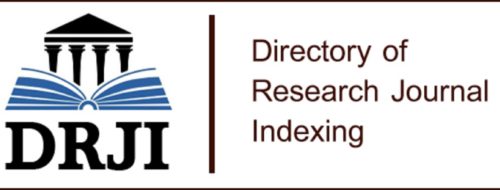Marco para el diseño de un vehículo anfibio turístico
Palabras clave:
Resistencia, potencia, sistema propulsor, canal de ensayoResumen
Esta investigación tiene el objetivo la recopilación de un marco teórico para la creación un vehículo anfibio con capacidad de 8 pasajeros para el sector turísticos, usando configuraciones mecánicas para desplazarse por tierra y navegar por agua, se ha considerado primordialmente la base técnica para la elaboración conceptual del diseño de la clasificadora RINA (Registro Italiano Naval), el casco del vehículo anfibio turístico se modeló en el programa Rinhoceros y de acuerdo a RINA se ha considerado para la construcción del casco ALUMINIO AL-5083/H111 y refuerzos AL-6082/t6. Para que el radio de desplazamiento cumpla con la velocidad máxima de acuerdo a los cálculos, se elige la hélice idónea, en este caso bajo las características del fabricante Mercury (potencia Vs diámetro) se obtiene el valor del diámetro mediante ecuación, el modelo de propela es 827312A45 de Aluminio. La parte mecánica cuenta con un sistema de caja de cambio de dos salidas – dos marchas y 4 cambios, la velocidad máxima alcanzada es a 50 Km/h, (sistema propulsor – sistema impulsor), no necesita pala para generar el gobierno del casco en el agua, ya que el sistema que conecta a la propela puede girar hasta 180°.
Palabras claves: Resistencia, potencia, sistema propulsor, canal de ensayo.
Fecha de recepción: 10 de marzo de 2021; Fecha de aceptación: 01 de junio de 2021; Fecha de publicación: 09 de julio de 2021.
Descargas
Citas
Chanson, H. (2004). Hidráulica de flujo de canal abierto. Butterworth-Heineman, 650.
Ecuador, A. c. (2002). Ley de turismo.
Ecuador, P. d. (2012). Acuerdo interministerial 20140004. Subsecretaria de puertos y transporte marítimo y fluvial, 4.
Ecuador, S. t. (2019). Llegadas y salidas internacionales al Ecuador, ciudad Manta. Ecuador turístico, 1.
Fabian, P. J. (2015). Diseño y adaptación de chasis, carrocería y sistema. Ibarra: Universidad Técnica del Norte.
Fernández, J. F. (2009). Máquinas Térmicas. Buenos Aires: Edutecne.
Iskandar, F. (2006). Estudio de la aaerodinámica de los vehículos. Prospectiva, 70.
Manta, T. M. (2019). Se inaugura la primera terminal de cruceros del país en Manta. TPM, 3.
Mott, R. (2006). Mecánica de fluidos, canales abiertos. Pearson, 13.
Ramos, P. (2019). 82.000 turistas visitaron Manta durante el último feriado de fin de año. Manta: El telégrafo.
Starck, P. (2019). 7.7 RIB consola ancha. Catálogo Sealegs be anphibious. universo, E. (2018). Guía de avistamiento. ministerio de turismo, 5.
Publicado
Cómo citar
Número
Sección
Licencia
Derechos de autor 2021 Revista de Ciencias del Mar y Acuicultura YAKU. ISSN: 2600-5824.

Esta obra está bajo una licencia internacional Creative Commons Atribución-NoComercial-CompartirIgual 4.0.


1.jpg)













